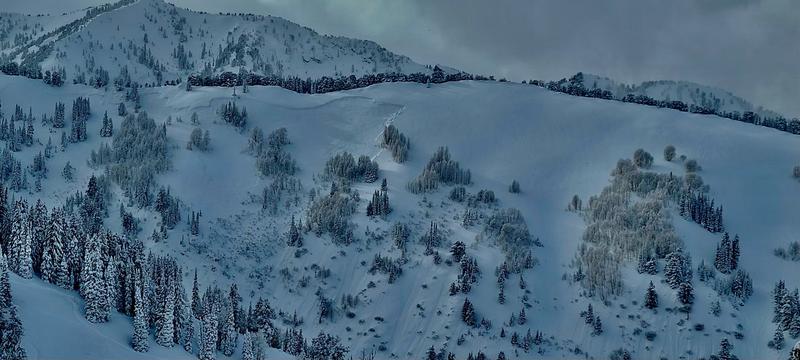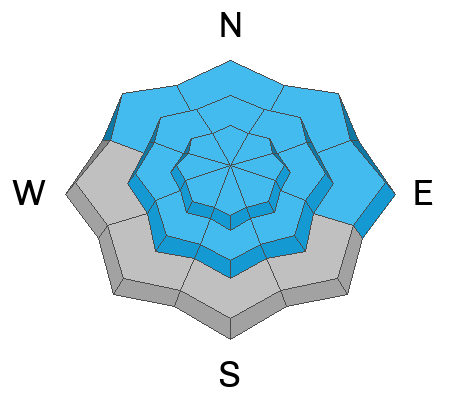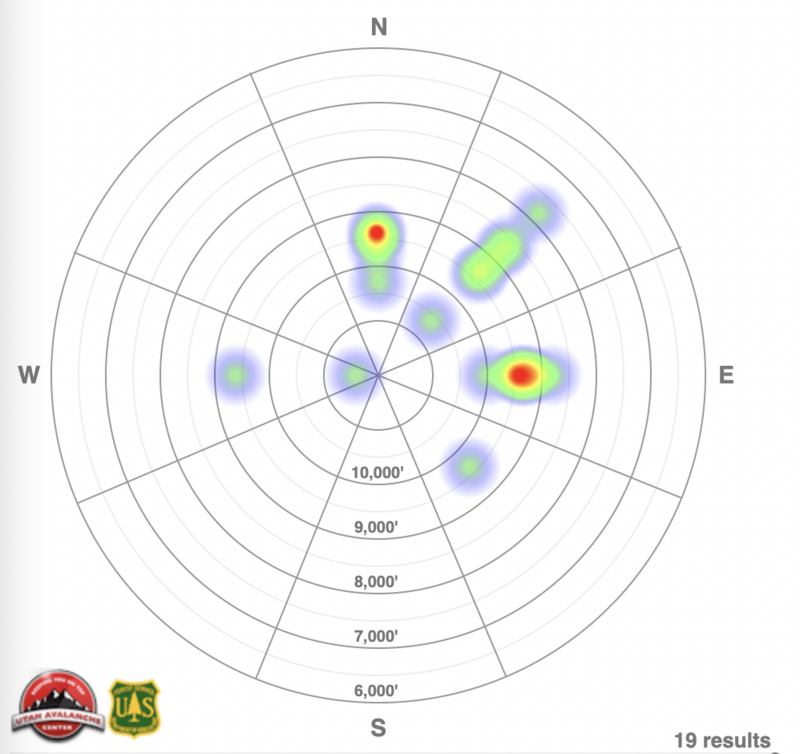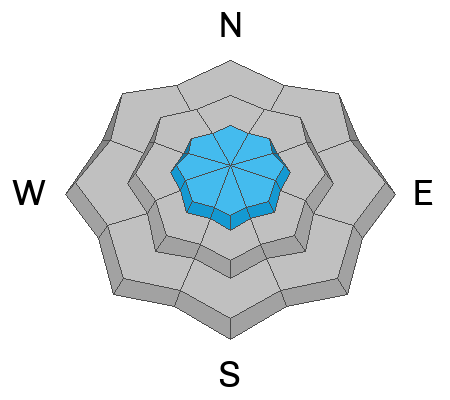Forecast for the Provo Area Mountains

Issued by Nikki Champion on
Wednesday morning, January 4, 2023
Wednesday morning, January 4, 2023
The avalanche danger is CONSIDERABLE at all upper elevations and at mid-elevation aspects facing west through north through southeast where avalanches may step down into older facets, leading to large and destructive avalanches. At all lower elevations and mid-elevation aspects facing southwest, and south where the persistent weak layer is less likely to cause avalanches the avalanche danger is MODERATE.
Today, natural avalanches are possible and human-triggered avalanches are likely.
While the avalanche danger is not as obvious as it was a few days ago, avalanche conditions remain dangerous. There is great riding to be had on slopes less steep than 30 degrees.
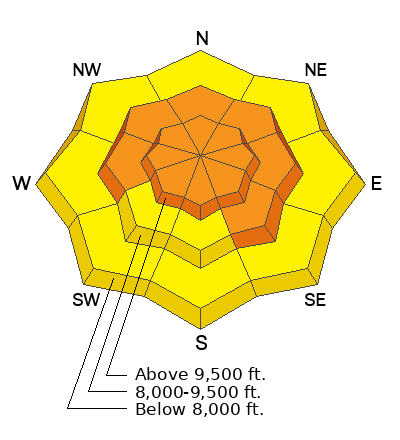
Low
Moderate
Considerable
High
Extreme
Learn how to read the forecast here


